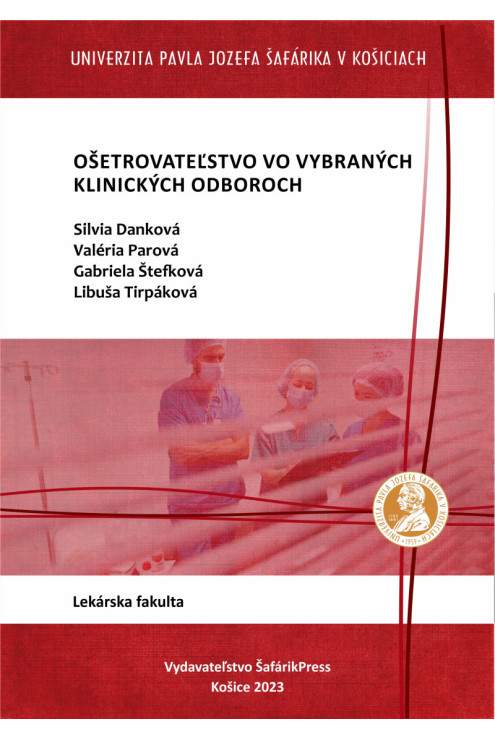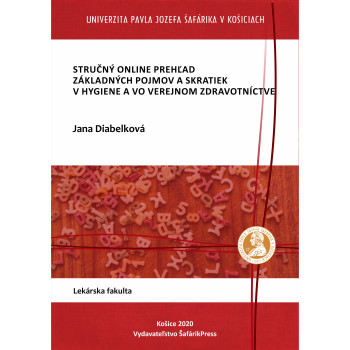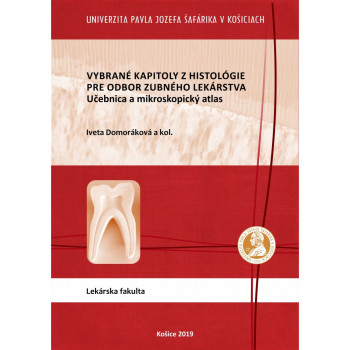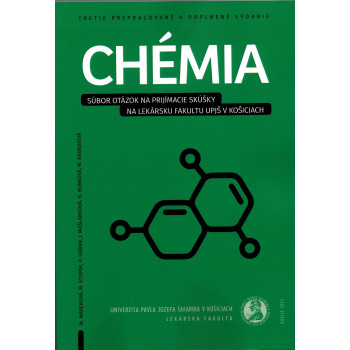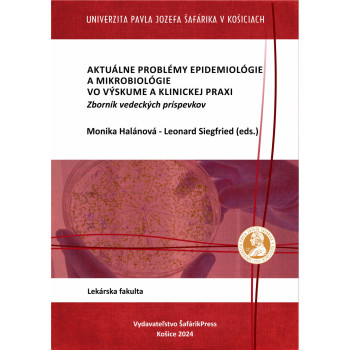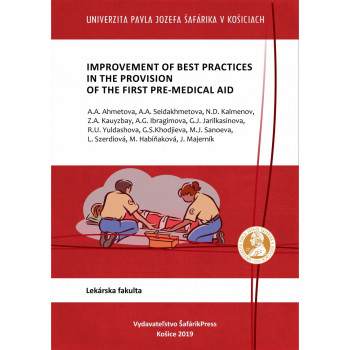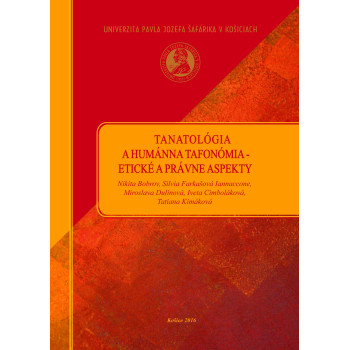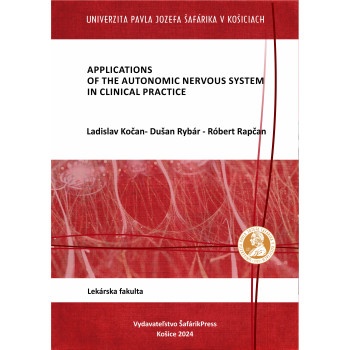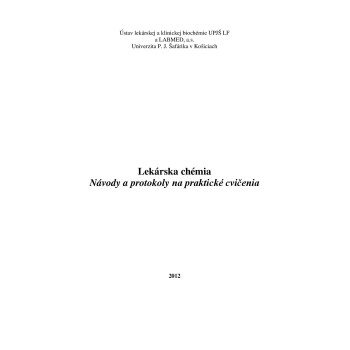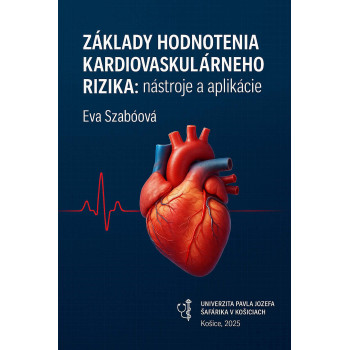
Ošetrovateľstvo vo vnútornom lekárstve III
E-book
Mária Sováriová Soósová a kol.
The proposed university textbook provides knowledge in the field of nursing in internal medicine. It is intended primarily for students of the nursing program, but also for nurses working in this specialization. The textbook builds on the previous two parts: Nursing Process in Internal Medicine I (Sováriová Soósová, 2006) and Nursing Process in Internal Medicine II (Suchanová, 2007). It is divided into four chapters, focusing on disorders of water and electrolyte balance and acid-base equilibrium, kidney and urinary tract diseases, endocrine system diseases, and musculoskeletal disorders.
Each chapter is similarly structured, beginning with diagnostic methods commonly used in the respective area. Subsequent subchapters address nursing care for selected diseases of specific bodily systems. Each subchapter consists of a clinical introduction (characteristics of the disease, its etiology, clinical presentation, diagnosis, and treatment) and nursing care for the given disease. This includes assessment, formulation of nursing diagnoses, and planning nursing care (setting goals, outcome criteria, and planning possible interventions).
The textbook serves as a model framework and algorithm for managing nursing care using the nursing process method.


